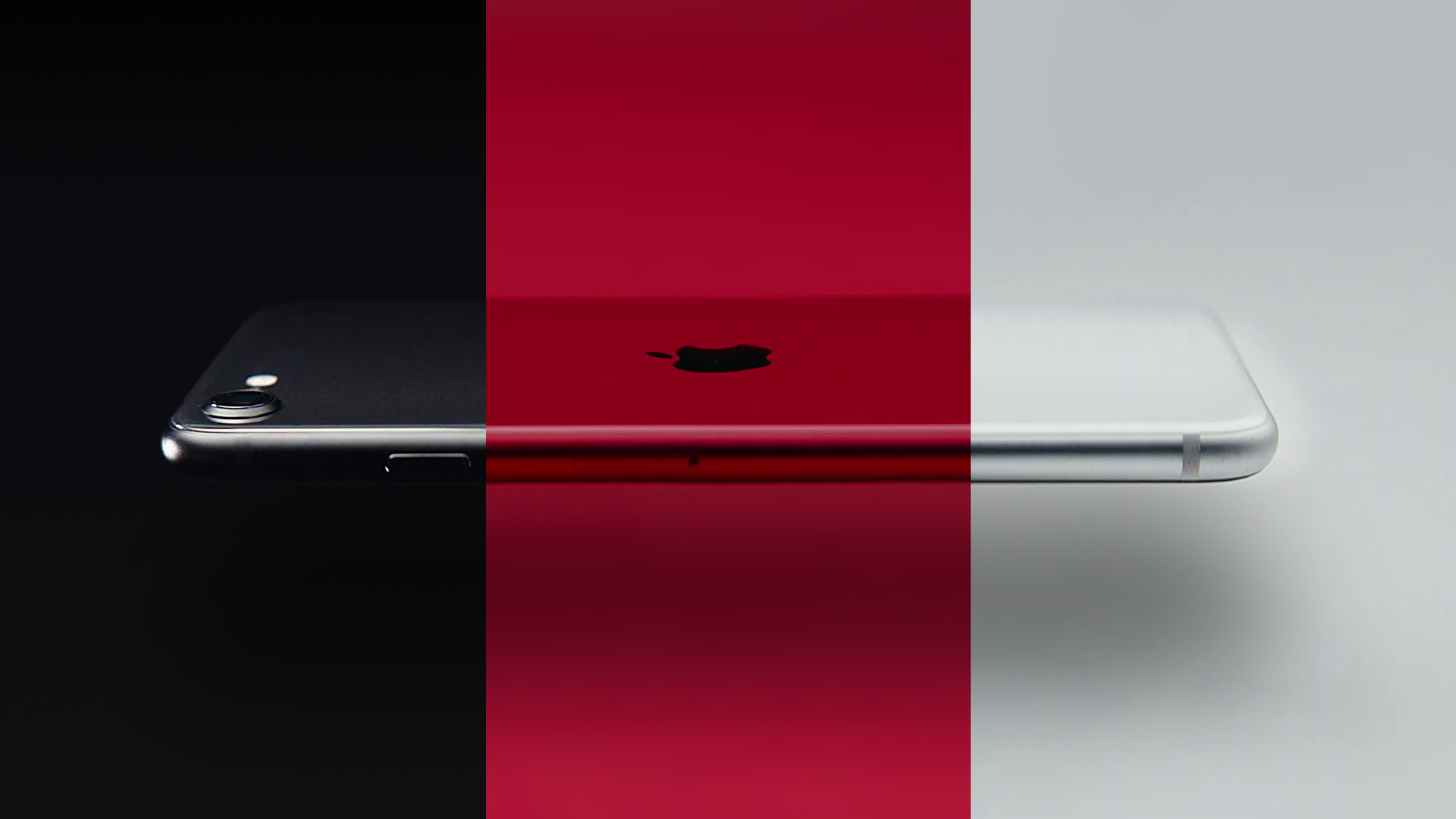A BIZARRE Russian satellite that carried more than 1,500 animals into space has landed back on earth.
Dubbed “Noah’s Ark”, the capsule blasted mice, flies and various plants and micro-organisms into orbit in a major experiment.
6

6

6

6
It was launched from the Baikonur cosmodrome in Kazakhstan on August 20 for a month-long journey into orbit.
The satellite was send soaring into space on a Soyuz rocket before journeying on a pole-to-pole orbit for 30 days.
Actually named the Bion-M No. 2, the capsule crashed back down to earth on September 19 in the steppes of the Orenburg region of Russia.
Its Biblical nickname comes from the sheer number of living creatures it held on board.
As many as 75 mice and more than 1,500 flies were among the space “Ark’s” many passengers.
While in orbit, the specimens on board were exposed to high levels of cosmic radiation.
But the craft’s landing didn’t appear problem free, with images from the crash sight suggesting it led to a small bushfire.
However, the blaze was soon extinguished and recovery crews got to work.
Helicopters descended upon the scene to recover the living specimens as quickly as possible so that examinations could begin.
A medical tent was set up at the site for scientists to begin their studies.
Specialists came to look at the flies’ motor activity, and see if there were any nervous system problems, according to Space.com.
The exercise was in part an attempt to examine how different life forms react to prolonged exposure to space.
From there, specimens were set to return to Institute of Biomedical Problems of the Russian Academy of Sciences laboratories at around midnight on September 20.
The Bion-M No. 2 scientific program is made up of 10 different sections of its programme of experiments and research.
It comprises more than 30 different experiments in total.
The ultimate aim of these experiments is to develop new tech that can protect human life during space flights.
This includes potential gadgets that could shield people from the adverse effects of cosmic radiation and weightlessness.
Various sections of the programme will study aspects of biology and space travel to further illuminate our understanding of the universe.
One recent experiment dubbed “Meteorite” was reportedly carried out as the capsule came back to Earth.
This focuses on the theory that life on Earth may have come from outer space.

6

6










